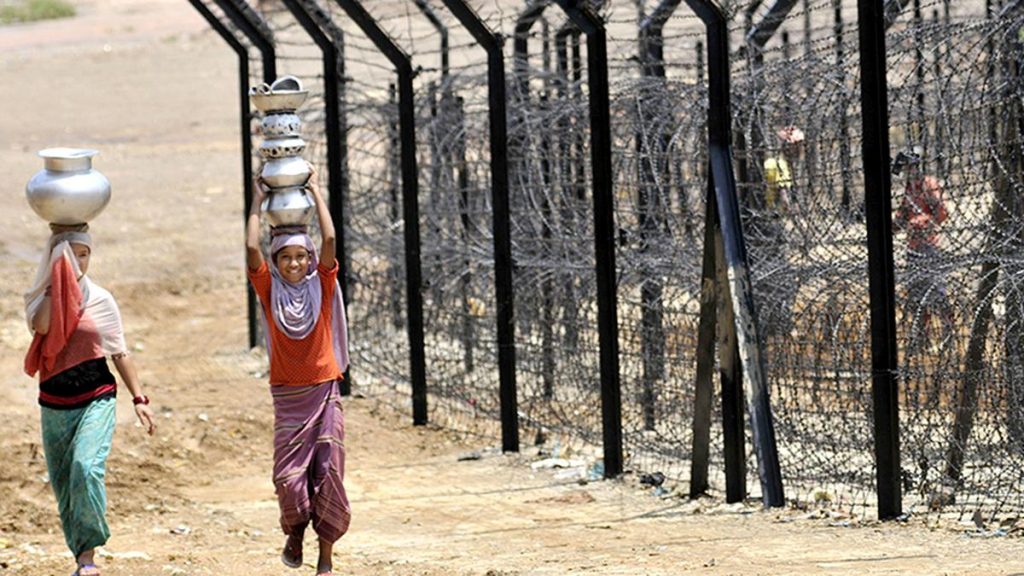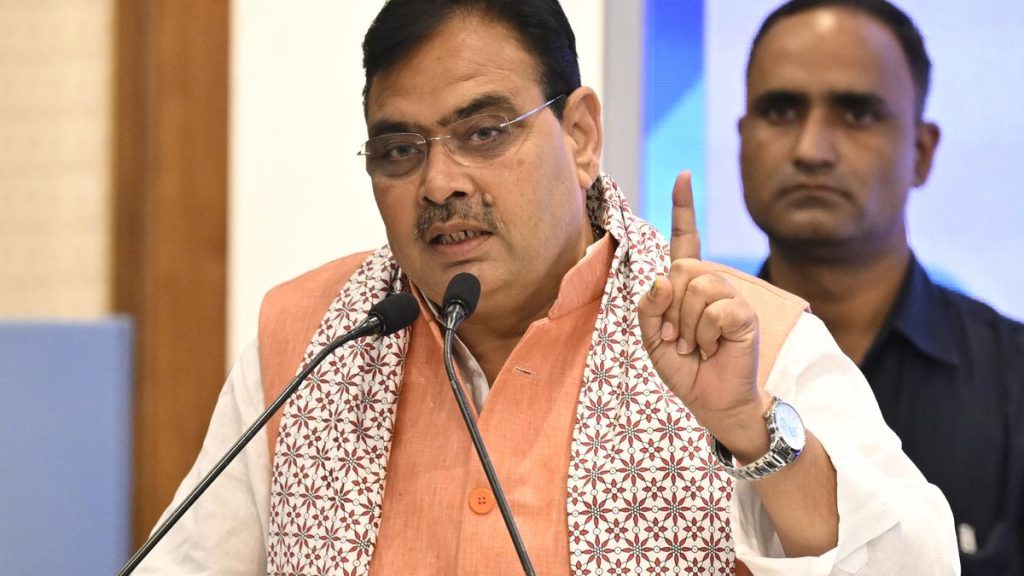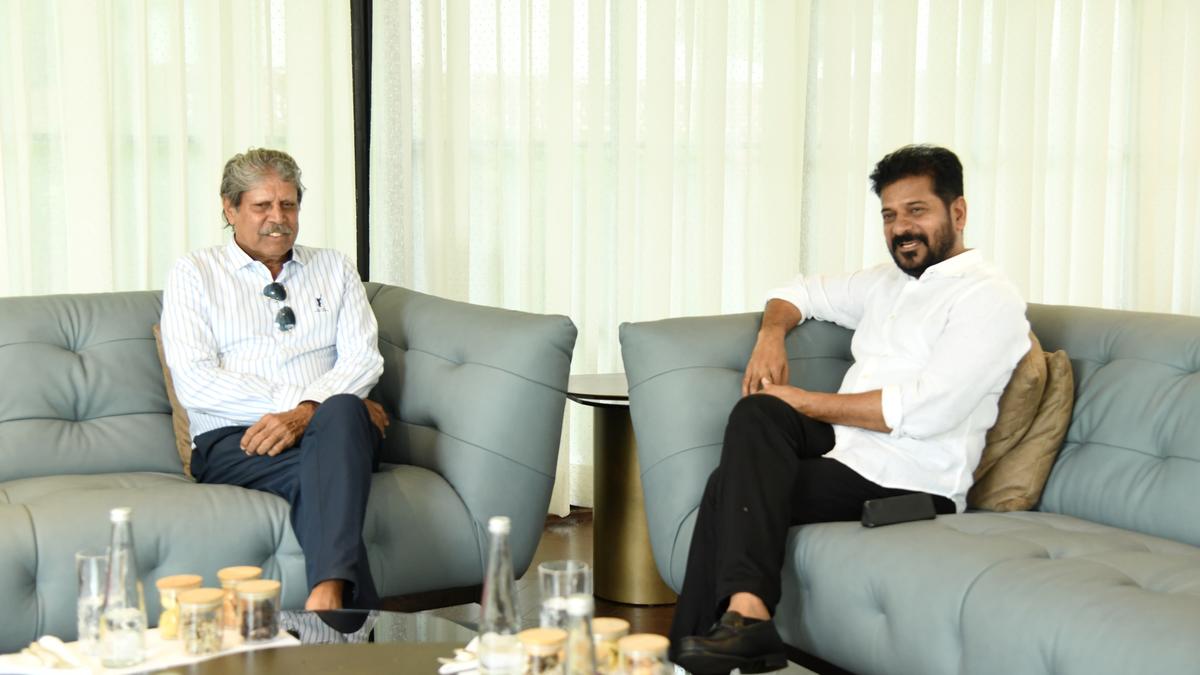Now Reading: Belagavi Observes Muharram in Spirit of Communal Harmony
-
01
Belagavi Observes Muharram in Spirit of Communal Harmony
Belagavi Observes Muharram in Spirit of Communal Harmony
Rapid Summary
- Muharram was observed across North Karnataka on Sunday, with participation from people of various faiths.
- In Halaga village, Belagavi district, villagers visited the bibi Fatima Dargah and participated in rituals such as majnu community dances and processions of panjas.
- Hindu and Muslim families jointly engaged in the centuries-old tradition,symbolizing communal unity.
- Village elder Neelkanth Patil highlighted that this tradition conveys a message of unity and is being passed down to future generations.
- Rituals took place in other parts of North Karnataka:
– In Ramdurg, individuals lay face-down on the ground as panja carriers walked over the gaps between them.- Villages like Bhojwadi and Bedkihal observed Muharram even though they had few or no Muslim families.
- Writer Yallappa Himmadi emphasized that while Muharram marks a day of mourning, it is also seen as a celebration of communal harmony.
- In Dharwad’s observances:
– Panjas were displayed at dargahs and mosques before being taken out for processions.
– Irani Shia youths performed self-flagellation near Kalghatagi Road.
Indian Opinion Analysis
The observation of Muharram across North Karnataka underscores its role as not only an Islamic religious event but also a cultural marker fostering interfaith harmony in rural India. The traditions upheld by villages like Halaga reflect how local communities frequently enough blend religious practices with collective identities rooted in coexistence.
The participation of non-Muslims further highlights deep-seated traditions transcending religious boundaries to uphold communal values over centuries-a important insight amid rising concerns about divisiveness elsewhere. Though, it may also emphasize regional contrasts within India regarding how ritualistic expressions intersect with societal attitudes toward diversity.
For communities investing efforts to maintain these ancestral traditions (as noted by Neelkanth Patil),their passing to future generations indicates resilience against cultural homogenization trends that challenge pluralism today.

























